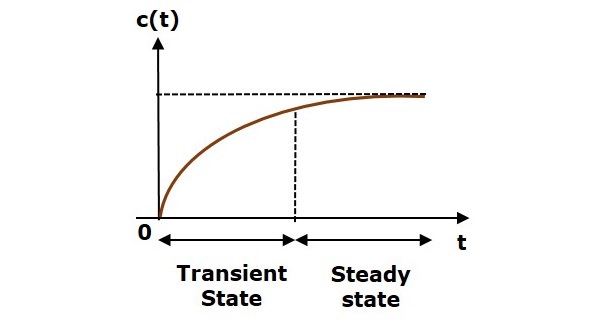
In 1976, two local trade unions complained of pollution within the plant. In the early 1980s, although the demand for pesticides had fallen, production continued leading to an accumulation of stores of unused MIC at the Bhopal site. UCIL's process differed from the MIC-free routes used elsewhere, in which the same raw materials were combined in a different manufacturing order, with phosgene initially reacting with naphthol to form a chloroformate ester, which was later reacted with methylamine. Īfter the Bhopal plant was built, other manufacturers (including Bayer) produced carbaryl without MIC, though at a greater manufacturing cost. Another manufacturer, Bayer, also used this MIC-intermediate process at the chemical plant once owned by UCC at Institute, West Virginia in the United States. The chemical process employed in the Bhopal plant had methylamine reacting with phosgene to form MIC, which was in turn reacted with 1-naphthol to form the final product, carbaryl. An MIC production plant was added to the UCIL site in 1979. The UCIL factory was built in 1969 to produce the pesticide Sevin (UCC's brand name for carbaryl) using methyl isocyanate (MIC) as an intermediate. Ĭlass=notpageimage| Location within the city of Bhopal An eighth former employee was also convicted, but died before the judgment was passed. All were released on bail shortly after the verdict.

In June 2010, seven Indian nationals who were UCIL employees in 1984, including the former UCIL chairman Keshub Mahindra, were convicted in Bhopal of causing death by negligence and sentenced to two years' imprisonment and a fine of about $2,000 each, the maximum punishment allowed by Indian law. Civil and criminal cases were also filed in the District Court of Bhopal, India, involving UCC, UCIL, and Anderson. Dow Chemical Company purchased UCC in 2001, seventeen years after the disaster.Ĭivil and criminal cases filed in the United States against UCC and Warren Anderson, chief executive officer of the UCC at the time of the disaster, were dismissed and redirected to Indian courts on multiple occasions between 19, as the US courts focused on UCIL being a standalone entity of India. Eveready ended clean-up on the site in 1998, when it terminated its 99-year lease and turned over control of the site to the state government of Madhya Pradesh. In 1994, UCC sold its stake in UCIL to Eveready Industries India Limited (EIIL), which subsequently merged with McLeod Russel (India) Ltd. In 1989, UCC paid $470 million (equivalent to $907 million in 2021) to settle litigation stemming from the disaster. The owner of the factory, UCIL, was majority owned by the Union Carbide Corporation (UCC) of the United States, with Indian government-controlled banks and the Indian public holding a 49.1 percent stake. Others estimate that 8,000 died within two weeks, and another 8,000 or more have since died from gas-related diseases.


A government affidavit in 2006 stated that the leak caused 558,125 injuries, including 38,478 temporary partial injuries and approximately 3,900 severely and permanently disabling injuries. In 2008, the Government of Madhya Pradesh paid compensation to the family members of 3,787 victims killed in the gas release, and to 574,366 injured victims. Estimates vary on the death toll, with the official number of immediate deaths being 2,259. Considered the world's worst industrial disaster, over 500,000 people in the small towns around the plant were exposed to the highly toxic gas methyl isocyanate ( MIC). The Bhopal disaster or Bhopal gas tragedy was a chemical accident on the night of 2–3 December 1984 at the Union Carbide India Limited (UCIL) pesticide plant in Bhopal, Madhya Pradesh, India. Methyl isocyanate leak from the E610 storage tank on the Union Carbide India Limited plant, the cause of which is disputed between corporate negligence or employee sabotage Picture by Martin Stott.Ģ December 1984 ( ) – 3 December 1984 ( ) The Bhopal pesticide plant of Union Carbide India Limited in early 1986, around a year after the disaster.


 0 kommentar(er)
0 kommentar(er)
